CAMBRIDGE, Mass. — Janet Standley of Gloucester, Massachusetts, wandered with her grandchildren through the green room filled with recorded bird songs and nature photographs, but quickly exited. Other visitors to the Harvard Museum of Natural History moved swiftly through the room as well.
But Sarah Duignan from Dublin, Ireland, stopped at the photos of mountains, rivers and lakes.
Duignan walked to a photo of a moose calf ambling through a stream and stopped. Walking over to another photo of a Maine forest colored brilliantly as if by paint, Duignan stood silently for a few minutes.
“I didn’t know where this was or what this was about. But the photographs are beautiful. They do inspire you,” said Duignan, who had just arrived in Boston with her husband on their honeymoon.
“This place is obviously gorgeous and would definitely inspire you to go to Maine.”
Few seemed drawn in by the photographs and historical text at the exhibit on Henry David Thoreau and the Maine woods here on one rainy weekday in May. Be that as it may, Harvard Museum’s Executive Director Jane Pickering remains determined to get the exhibit, “Thoreau’s Maine Woods: A Journey in Photographs with Scot Miller,” to Maine.
Pickering and Janis Sacco, Harvard Museum’s director of exhibits, believe when the Maine Woods exhibit closes in February 2015 it should travel to Maine. They’re just not sure where that might be.
As of last week, they had not found a willing museum or exhibition hall in Maine to host the exhibit, which opened last November.
But the say they’re not giving up.
“Museums try to tackle issues like climate change and environmental issues,” Pickering said in her Cambridge office. “Many issues are controversial. But museums are usually a trusted source to approach these issues in an intellectual and honest way.
“Art brings people who don’t necessarily think of themselves as outdoors people into the outdoors. People interested in photography hopefully will see this and say, ‘I’ve got to get up to Maine.'”
As it turns out, museum directors and Native American historians in Maine, even some who knew nothing of Pickering’s hope, share her vision.
Sheila McDonald, the Maine State Museum deputy director, said the state museum does not have the resources to shepherd the exhibit through the state, but it’s a worthwhile idea.
“It’s a timeless story, and the photographs bear viewing and understanding,” she said.
The director of the University of Maine’s Hudson Museum of Art, Gretchen Faulkner, had not seen the Harvard exhibit, but voiced an interest in it. She said the story of Thoreau’s journey through the Maine woods with Penobscot guides is an important, relevant story today.
“We would probably be interested in it,” Faulkner said. “It is definitely something on topic for the Hudson Museum, as our collection includes Maine Indian holdings and we have a Maine Indian gallery. It is the path Thoreau took that is central to the native people of Maine. Katahdin is sacred to them. Mainers should learn about that.”
And James Francis, the Penobscot Nation tribal historian, couldn’t agree more.
“I think we certainly can find a venue before next spring. Then we can look elsewhere for it to travel. The more people this can reach the better,” Francis said. “I think it is vital. I think through Scot (Miller’s) photographs and also his trip, it gives people a view of the wilderness that is still out there. That same wilderness Thoreau and his guides experienced. I don’t think a lot of people get to witness those places. They’re hard to reach. And it’s vital people from all walks of life see them.”
The exhibit tells the story through photographs and historical panels about Thoreau’s journey through the Maine Woods. It’s a contemporary view of Maine’s “wildest country” that was traveled by Thoreau on three trips in the mid-1800s, seen through the Texas photographer’s eyes.
Along with the images are quotes and historical accounts from Thoreau of the natural sites he saw, from Chesuncook Lake and the Allagash River to the East Branch of the Penobscot River and Mount Katahdin.
“Ktaadn, its summit veiled in clouds, like a dark isthmus in that quarter, connecting the heavens and the earth,” Thoreau is quoted in the exhibit.
Harvard Museum of Natural History sits in a vast complex that encompasses three other research museums. The flagship museum amounts to a virtual dive into ancient and prehistoric times. Rooms full of century-old exotic taxidermy mounts, dinosaur skeletons and world-renown glass wildflower models are the draw here.
Nestled within these 150-year-old halls, the Thoreau exhibit appears more of a contemporary art gallery sandwiched between displays on evolution and kiwi eggs.
Pickering and Sacco said as a traveling exhibit, the photographic collection could have a greater impact in Maine than in Boston.
“People who live in Maine should see this exhibit,” Sacco said. “They live in this wonderful area and they may or may not have a good sense of what they have. Having grown up in Washington County I know you don’t have many opportunities there. I felt this needed to go to those places.
“There’s a connection there, because you can experience (the Maine woods) today the way Thoreau did.”
Pickering, like so many Maine tourists, has been as far as Acadia National Park in Maine, but has not wandered inland from the coast. Now she hopes this small exhibit inspires others to do so.
“I’ve never been to the North Maine Woods but I think it’s stunning. They’re powerful images,” she said.
Staff Writer Deirdre Fleming can be reached at 791-6452 or at:
dfleming@pressherald.com
Twitter: FlemingPph
Copy the Story LinkSend questions/comments to the editors.


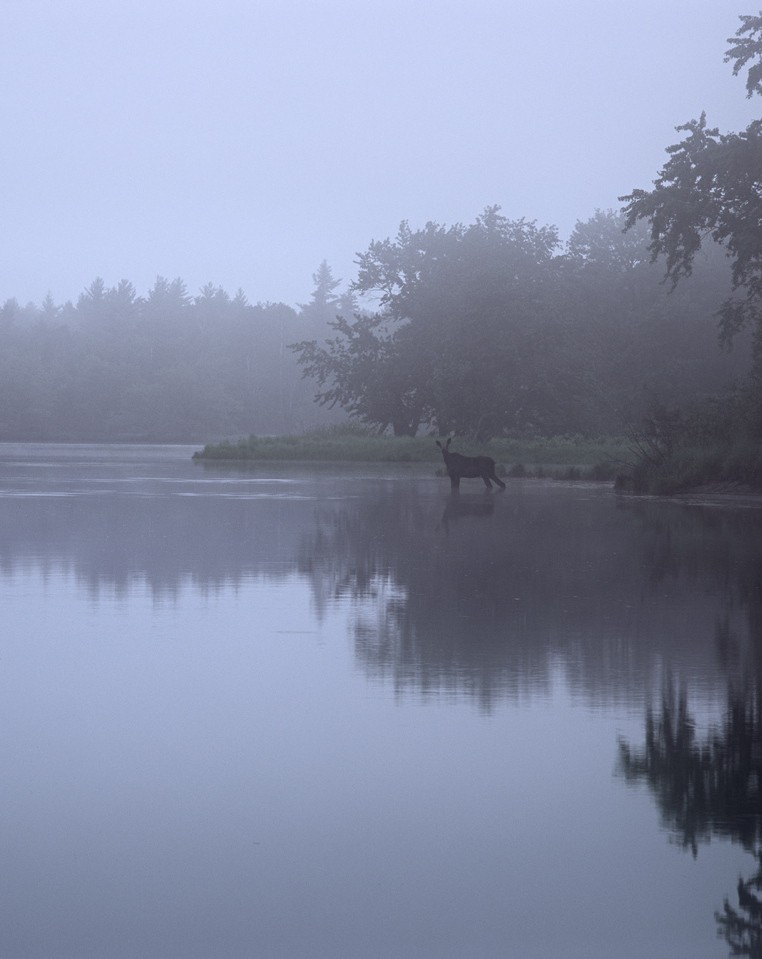
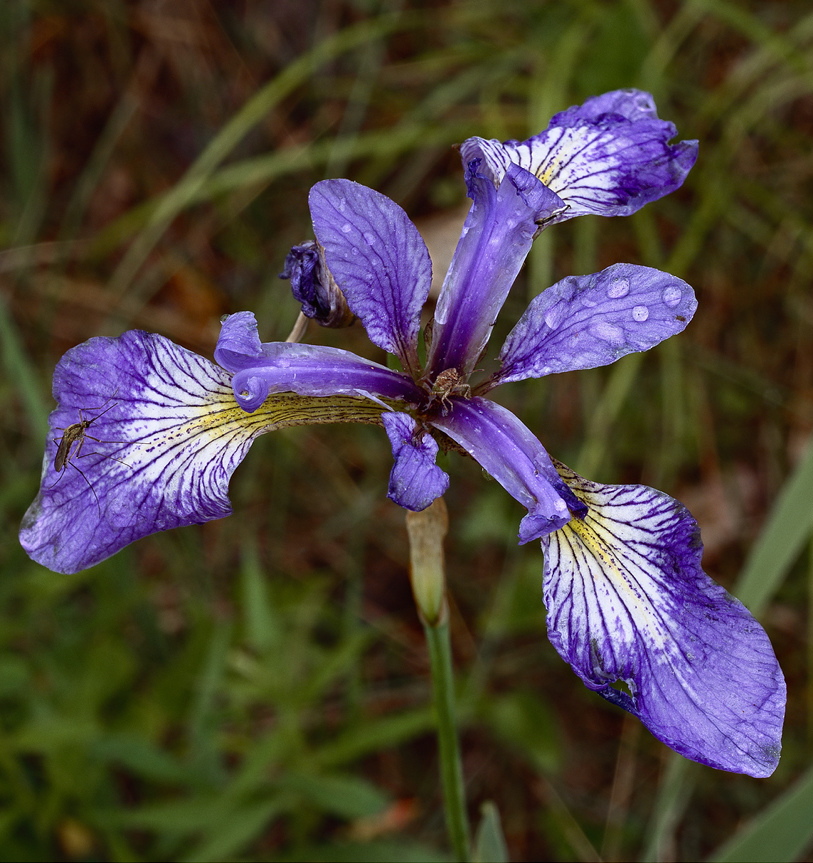
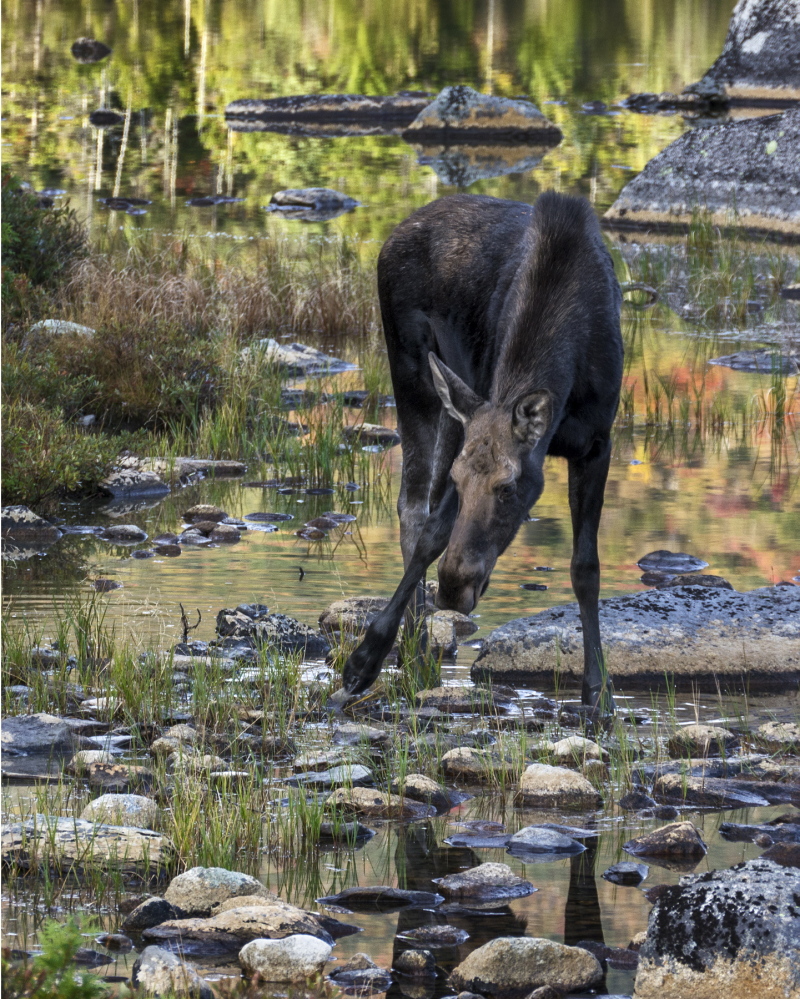
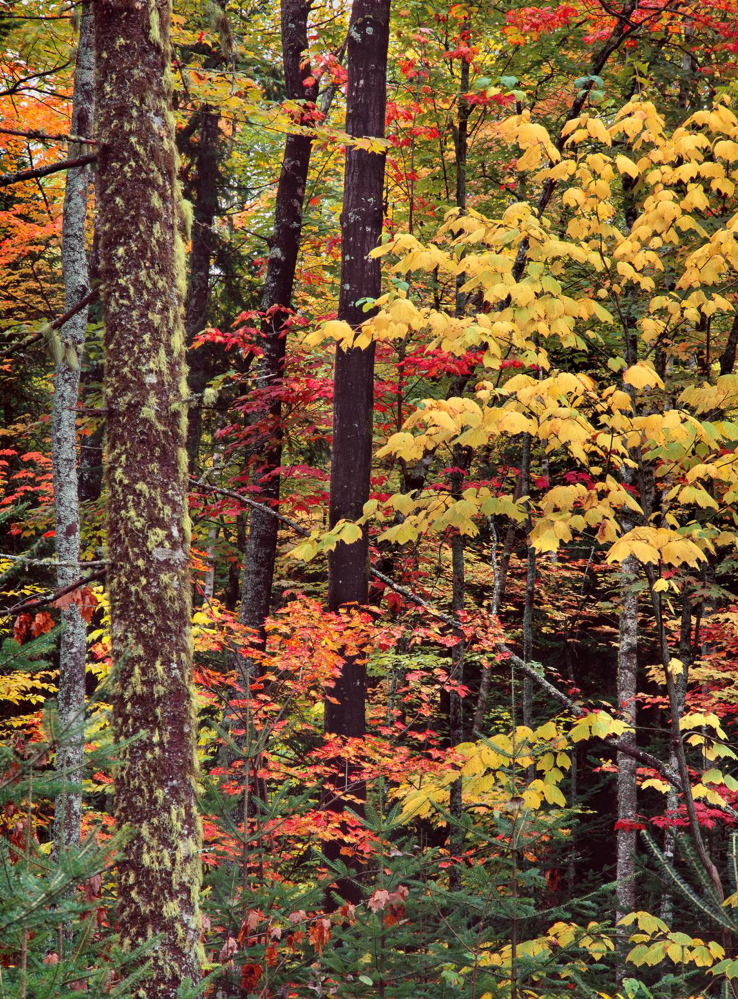
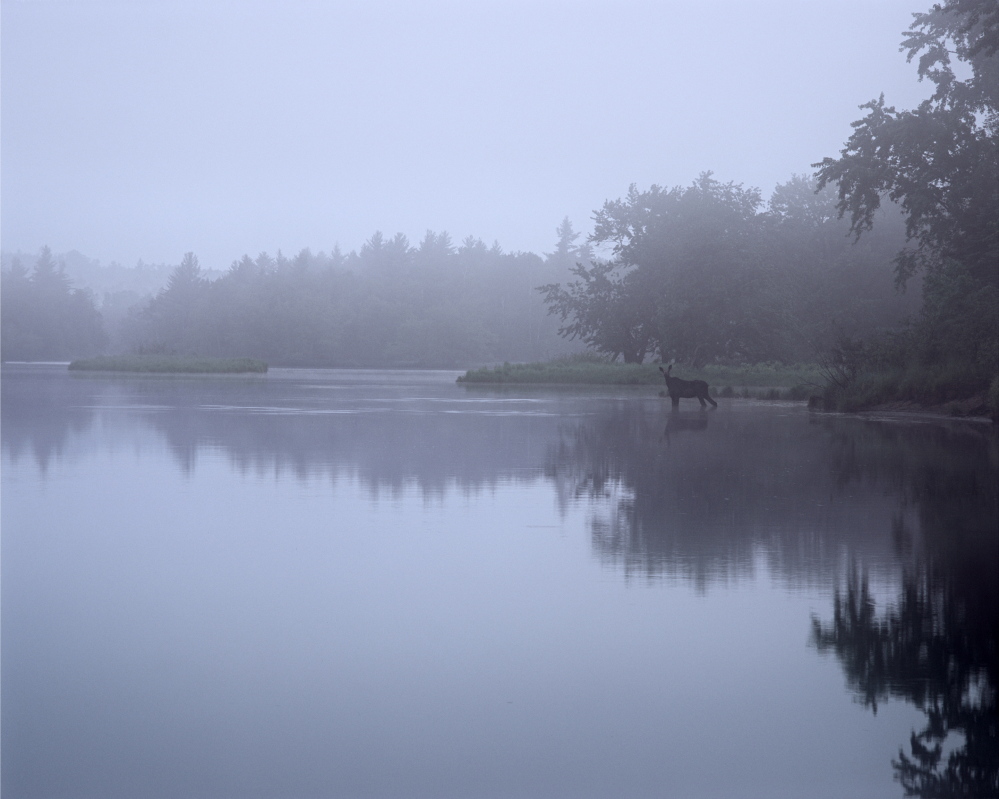

Success. Please wait for the page to reload. If the page does not reload within 5 seconds, please refresh the page.
Enter your email and password to access comments.
Hi, to comment on stories you must . This profile is in addition to your subscription and website login.
Already have a commenting profile? .
Invalid username/password.
Please check your email to confirm and complete your registration.
Only subscribers are eligible to post comments. Please subscribe or login first for digital access. Here’s why.
Use the form below to reset your password. When you've submitted your account email, we will send an email with a reset code.